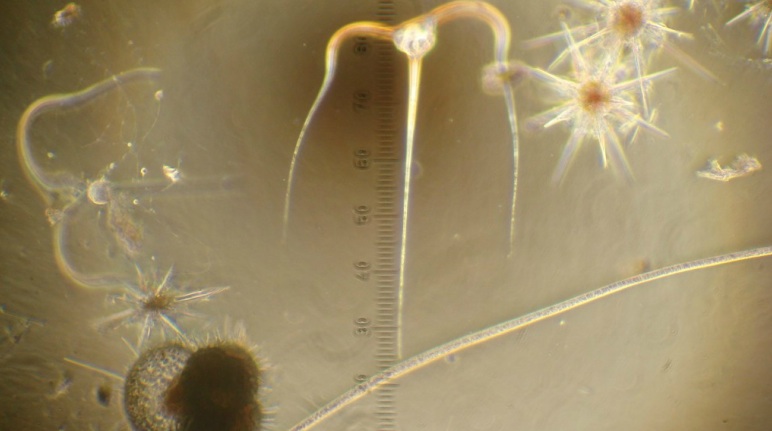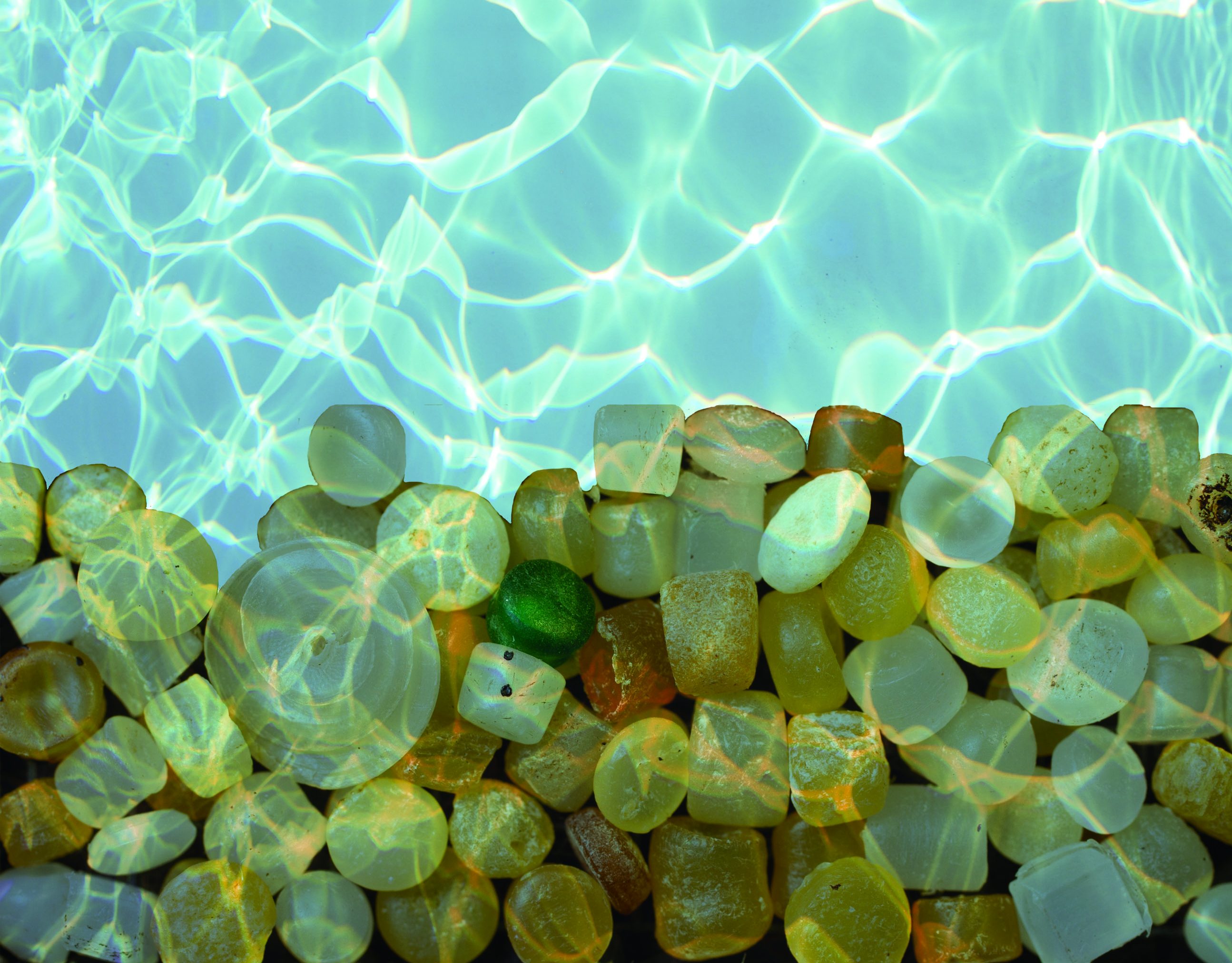In September, two teams are doing separate but related scientific work in the Arctic Ocean aboard the research vessel (R/V) Sikuliaq. The following is an overview of their proposed research and what they expect to find.
Sikuliaq 2016: The Dynamic Arctic





